7 Natural Pink Lakes You Can Visit Around The World
By: Kratika Thu, 16 Feb 2023 10:04:29
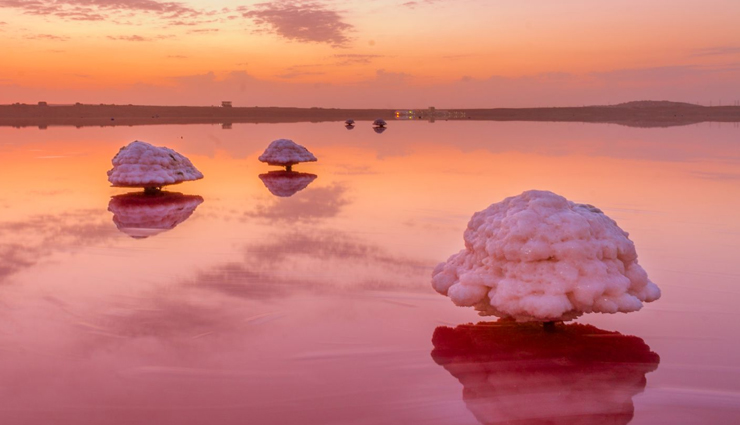
Pink lake pictures on social media are extremely popular. They are in no way Photoshopped to make it look pink instead of blue. In fact, these lakes are naturally pink! These lakes are aesthetically promising and very mesmerizing to look at. But why are these handful of lakes across the globe pink? These cute-looking blushing lakes are caused due to the growth of certain microorganisms and other salt-loving bacteria that outnumber other microorganisms.
These bacterias also naturally produce pink pigment and this phenomenon is a rare occurrence. The pinkness depicts the salinity of the water and it goes down with time when the salinity levels of the water goes down. No matter the scientific reasoning behind these pink lakes, they sure are extremely inviting spots to witness the raw, natural beauty of nature.
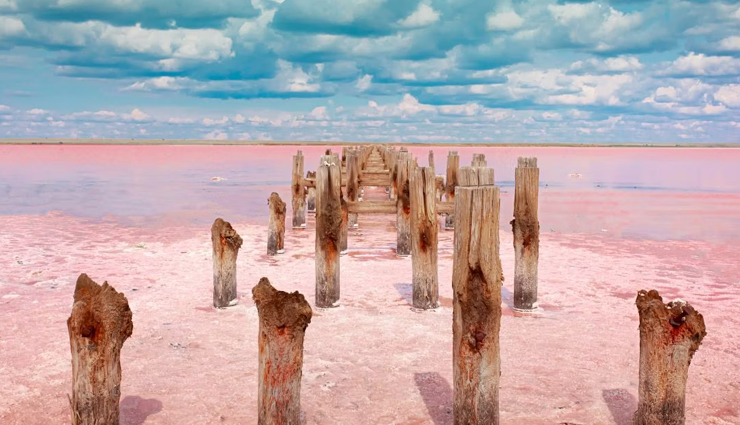
# Lake Hillier, Australia
When it comes to naturally pink lakes around the world, Lake Hillier of Australia tops the list. Nestled between the thick forest on one side and the ocean on the other, Lake Hillier is located in Western Australia’s middle island. This pink lake is very different from the others found anywhere in the world. While other hypersaline lakes tend to change the shade of pink color depending on the temperature and weather changes, this lake remains pink all year round.
The reason for this permanently pink lake remains a mystery but some scientists believe that it is the combination of algae producing pink and orange pigment with salt-loving halobacteria. Although the lake cannot be visited since it is protected heavily for research purposes, it can be viewed from a Heli Ride above the lake.
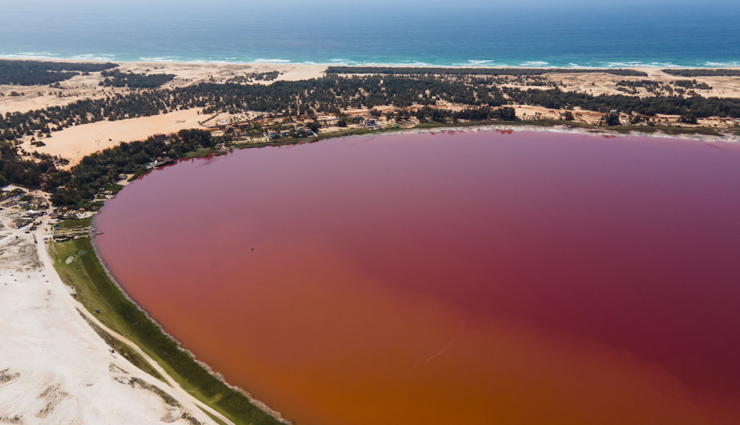
# Lake Rose, Senegal
Lake Rosa which is also known as Lake Retba is located on the edge of Senegal’s Cap-Vert peninsula around 25 kms away from Dakar. The lake can be spotted very clearly as the sand dunes, very carefully and systematically separates itself from the waters of the Atlantic Ocean. This lake also contains the pink and orange pigment-producing algae which is commonly found in Australia’s lake Hillier but unlike that lake, its color keeps changing from season to season from deep to light pink in its overall appearance. Due to its extreme salinity levels, the locals make it a point to extract, harvest, and sell the salt which is a job for over 2,500 people.
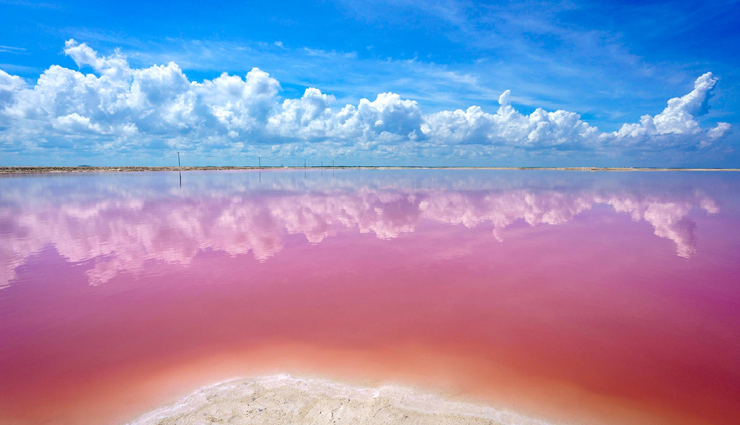
# Lake Coloradas, Mexico
Lake Coloradas in Yucatan Mexico is a collection of scenic and mesmerizingly surreal collections of pink lakes. The history of this lake goes back to the time when the Mayans were a thriving civilization in Mexico. They had carved out these natural lakes and used to harvest and use the salt found here during the warmer months of the year when the water levels would dip. Currently, a company is responsible for extracting and selling salt found in these lakes that has the capacity of producing over 750,000 tonnes of salt in a year. These clusters of small lakes are packed with microorganisms containing beta carotene and vitamins which is responsible for the carrot colour of the lake. The lake’s salt toxicity levels are so high that humans are restricted from swimming in them.
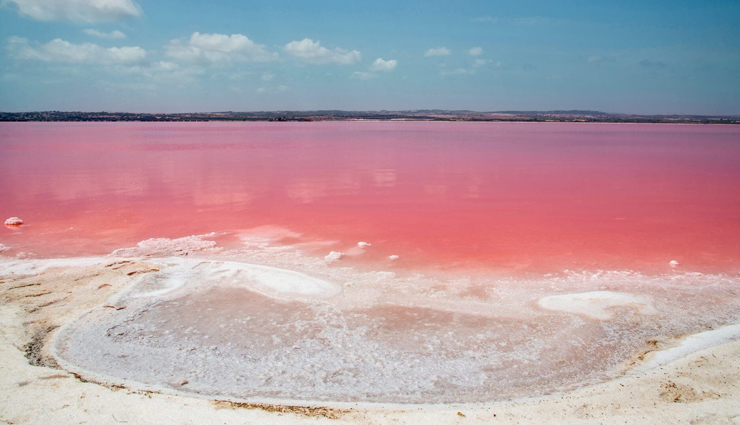
# Las Salinas de Torrevieja, Spain
The pink lake of Las Salinas de Torrevieja graces and beautifies the protected Mediterranean coast of Parc Natural de Las Lagunas de La Mata y Torrevieja. The microalgae is responsible for its pink hues and shades that makes it look like straight out of some surreal fairytale book. Furthermore, the lake is located right in between the sea and 2 saltwater lagoons that helps in creating and maintaining a thriving biodiversity. The beauty of the pink lake in Spain is amplified further due to the migration by the flamingos during the migratory season. So it is not only a sight to behold on the lake but also on the land!
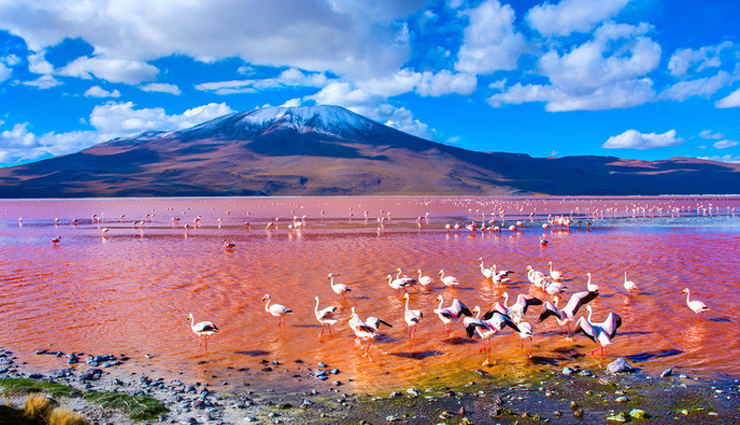
# Lake Masazir, Azerbaijan
Located just a few miles outside of the stunning party and cultural destination of Baku, Lake Masazir is a pretty magenta lake which is nothing like the other pink lakes in the world when it comes to color. This is one of the smaller saltwater bodies where the locals harvest the salt during the peak summertime when the water levels dip down exposing the salt deposits underneath.
Tourists are expected to take a cab or get a city bus leading up to the entrance of the lake. From there after a mile or two, tourists will be greeted with the glimmering waters of this pink/magenta lake. The lake will be its brightest version during the peak summer season when the water is the most warm.
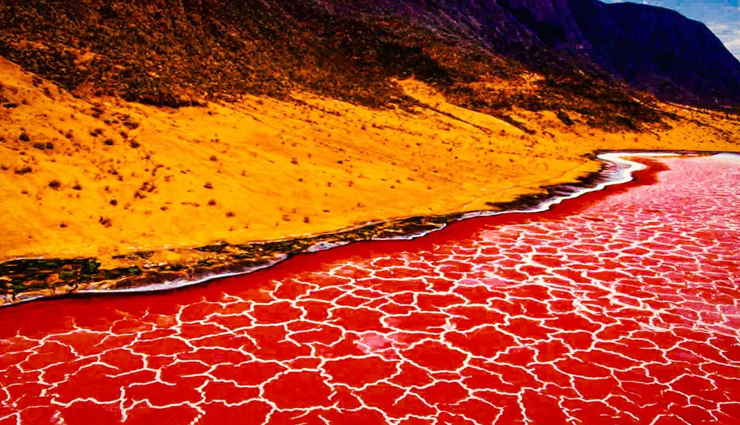
# Lake Natron, Tanzania
Northern Tanzania is the place where Lake Natron is situated. The water of this lake is pink and red due to the presence of the same pigmented microorganisms that color the other lakes of the world pink as well. However, Lake Natron is more famous not for its color but for their preserving properties. The fact that this particular lake is fed by a nearby mineral spring is responsible for filling it up with sodium carbonate.
Although Natron is understandably very toxic to humans and other types of species, it preserves and supports the wildlife that can stand hypersaline and hyper alkaline water. Flamingos being one of the species thriving around the lake in fact the flamingos are so much attracted to this place that the lake has turned into the largest breeding ground for flamingos with an estimate of over 75% of the world’s flamingo population being born here.
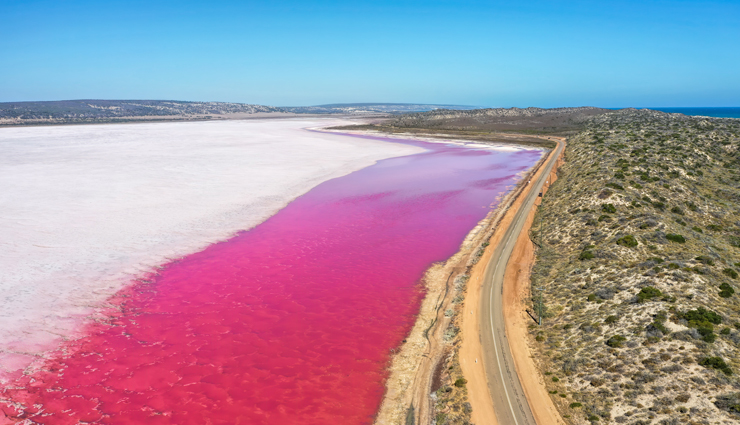
# Hutt Lagoon, Australia
Australia is not only a thriving hub for the corals of the great barrier reef, it is also home to the pink Hutt lagoon which is nestled away in the form of a lagoon on the coral coast that is fed by runoff rainwater and seawater. The depth of this very unique lake varies seasonally as it is separated from the Indian ocean for about half a mile which is responsible for regulating the water depth in this lake.
Just like the other pink lakes across the world the color present in the water is due to the same pigmented microorganisms found here. The locals residing around the lagoon have been using this pink lake for commercial purposes. They utilize the algae and the brined shrimp for commercial purposes that is a major source of employment and profits in the area. It draws tourists from the nearby fishing and scuba diving town of port Gregory.





-1731851467-lb.jpg)